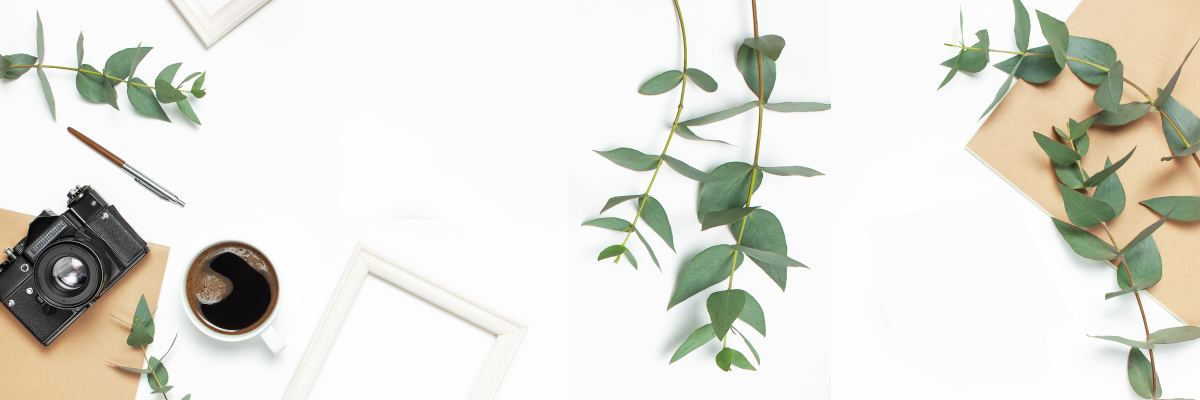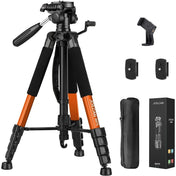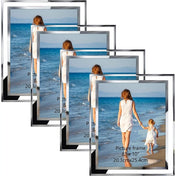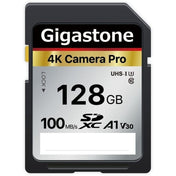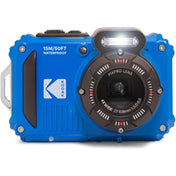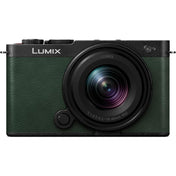When it comes to photography, sometimes it's good to step outside of the box and explore new horizons. One such horizon is infrared photography. Infrared photography is a unique and fascinating technique that allows you to capture a different perspective of the world around you. In this article, we will dive into the world of infrared photography and discover the magic it holds.
What is Infrared Photography?
Let's start with the basics. Infrared photography involves capturing light that falls outside the visible spectrum. The human eye is only capable of seeing wavelengths ranging from approximately 400 to 700 nanometers. Infrared photography, on the other hand, captures light in the range of 700 to 900 nanometers, which is beyond what the human eye can perceive.
The result? A surreal and dreamlike world where green foliage appears white, blue skies turn dark, and skin tones take on an ethereal glow. Infrared photography allows you to see the world in a new and magical way, revealing hidden details and creating a sense of otherworldliness.
How Does Infrared Photography Work?
To capture infrared images, you will need a camera that has been modified to be sensitive to infrared light. This modification involves removing the infrared-blocking filter that is typically present in digital cameras. Alternatively, you can use an infrared filter on your lens, although this method requires longer exposure times.
Once you have your camera ready, it's time to head out into the field. Infrared photography works best in bright sunlight, as infrared light is abundant during the daytime. It's important to note that infrared light behaves differently than visible light, so it's essential to experiment and learn how to read the infrared spectrum.
Composition Tips for Infrared Photography
Now that you have a basic understanding of infrared photography, let's explore some composition tips to make your images truly stand out:
1. Embrace Contrast
Infrared photography is all about contrast. The stark contrast between the white foliage and dark skies creates a visually striking effect. Look for scenes with interesting contrasts, such as a lone tree against a dark background or a building surrounded by white foliage.
2. Experiment with Different Subjects
While landscapes are a popular choice for infrared photography, don't be afraid to experiment with different subjects. Portraits, architecture, and even street photography can all yield stunning results in infrared.
3. Seek Out Interesting Light
Just like with any other type of photography, light plays a crucial role in infrared photography. The quality and direction of light can drastically alter the mood and feel of your images. Golden hour and backlighting can create a magical and ethereal atmosphere in your infrared photographs.
4. Play with Post-Processing
Infrared images often benefit from a little post-processing magic. Experiment with different editing techniques to enhance the surreal and dreamlike qualities of your photographs. Adjusting the contrast, converting to black and white, or adding a slight tint can all add depth and interest to your images.
The Magic of Infrared Photography
Exploring infrared photography opens up a whole new world of creative possibilities. It allows you to see familiar scenes in a completely different light, quite literally. The surreal and dreamlike qualities of infrared images transport viewers to a world that exists just beyond what the naked eye can perceive.
So, why not give infrared photography a try? Grab your modified camera or infrared filter and head out into the world. Embrace the magic, experiment with composition, and let your creativity soar. You might just discover a whole new perspective that will breathe fresh life into your photography.
Remember, photography is all about experimentation and pushing boundaries. Infrared photography is just one of the many tools at your disposal to explore and express your unique vision. So, go forth and create, and may your journey into infrared photography be filled with wonder and awe.

